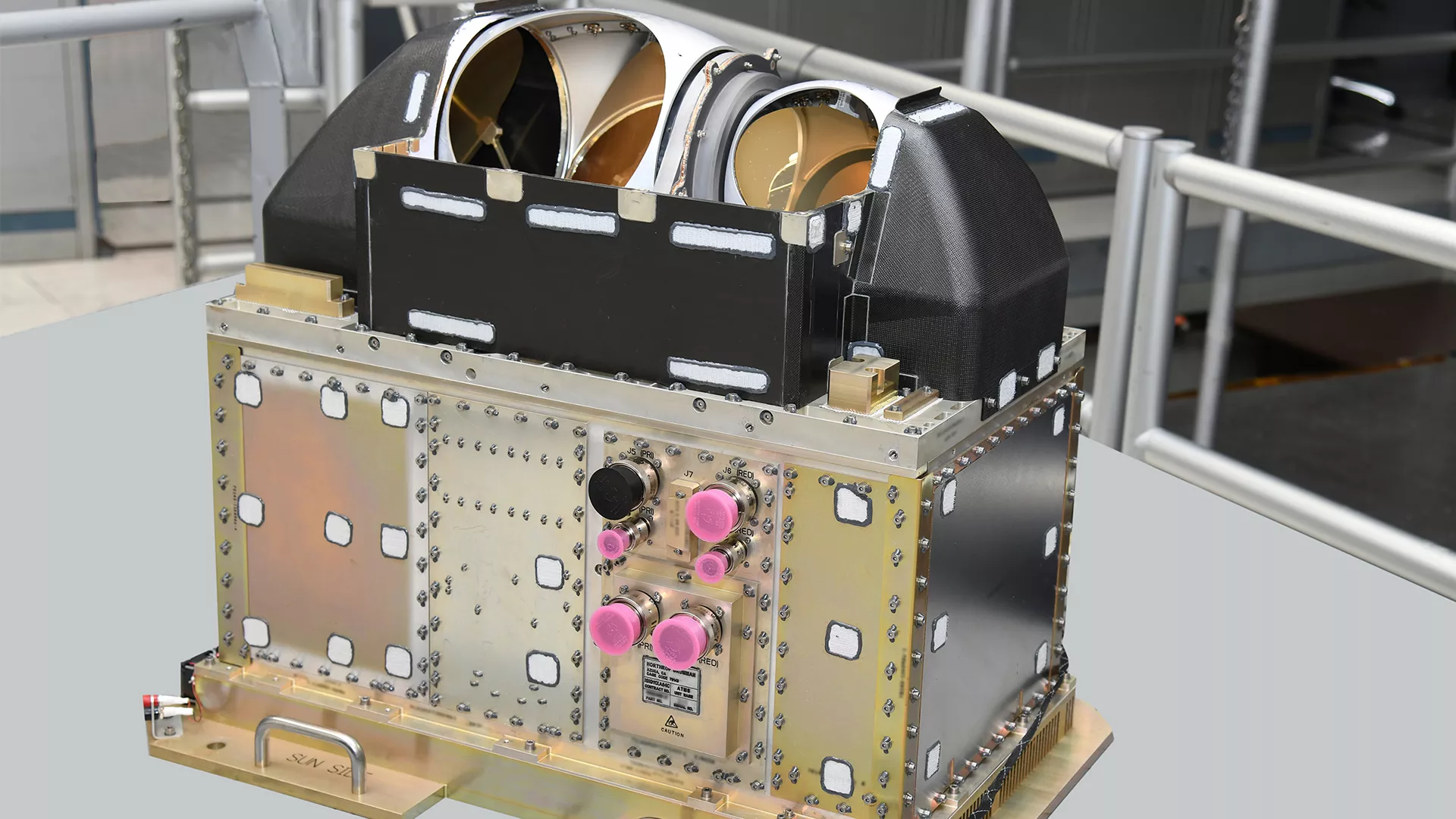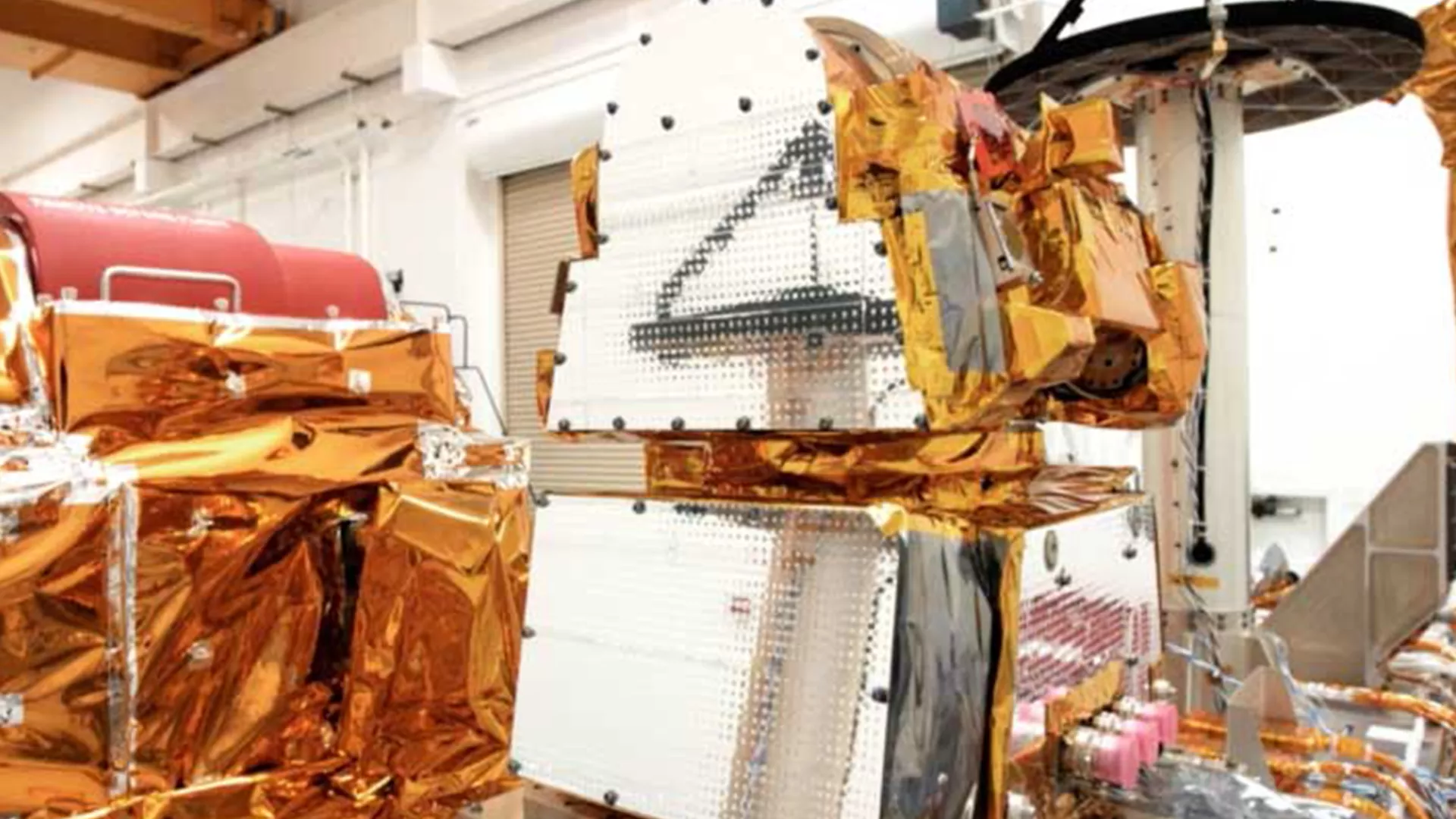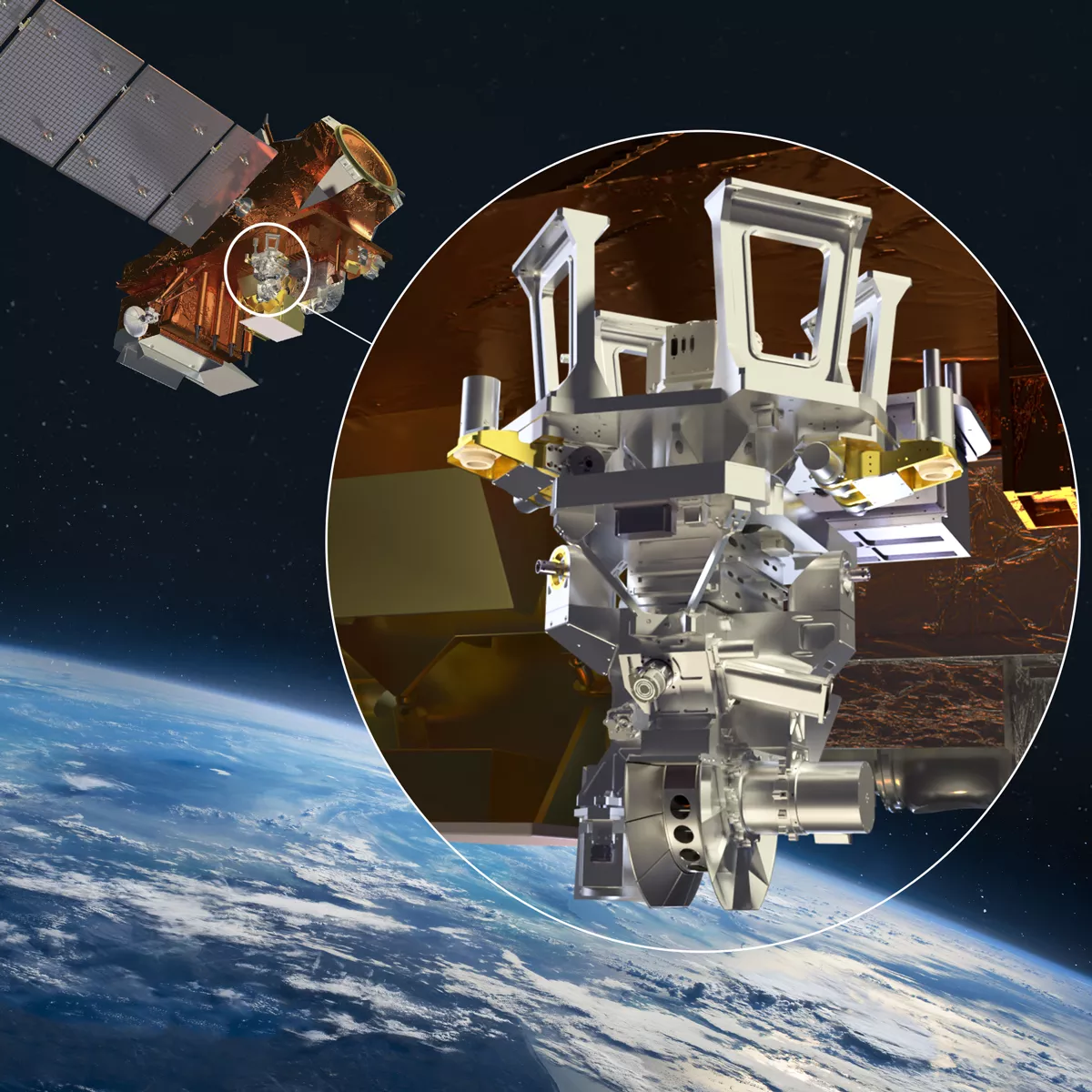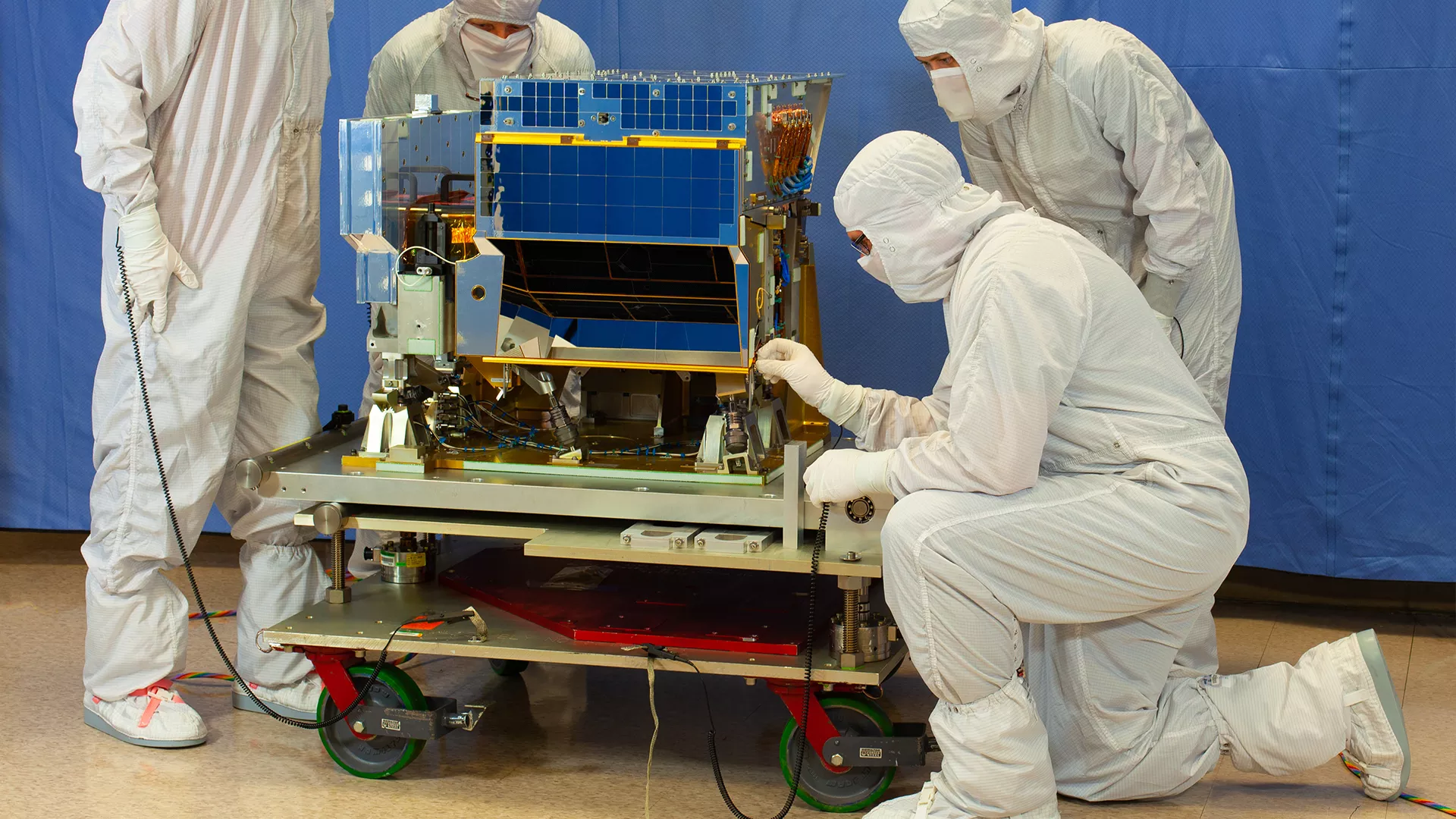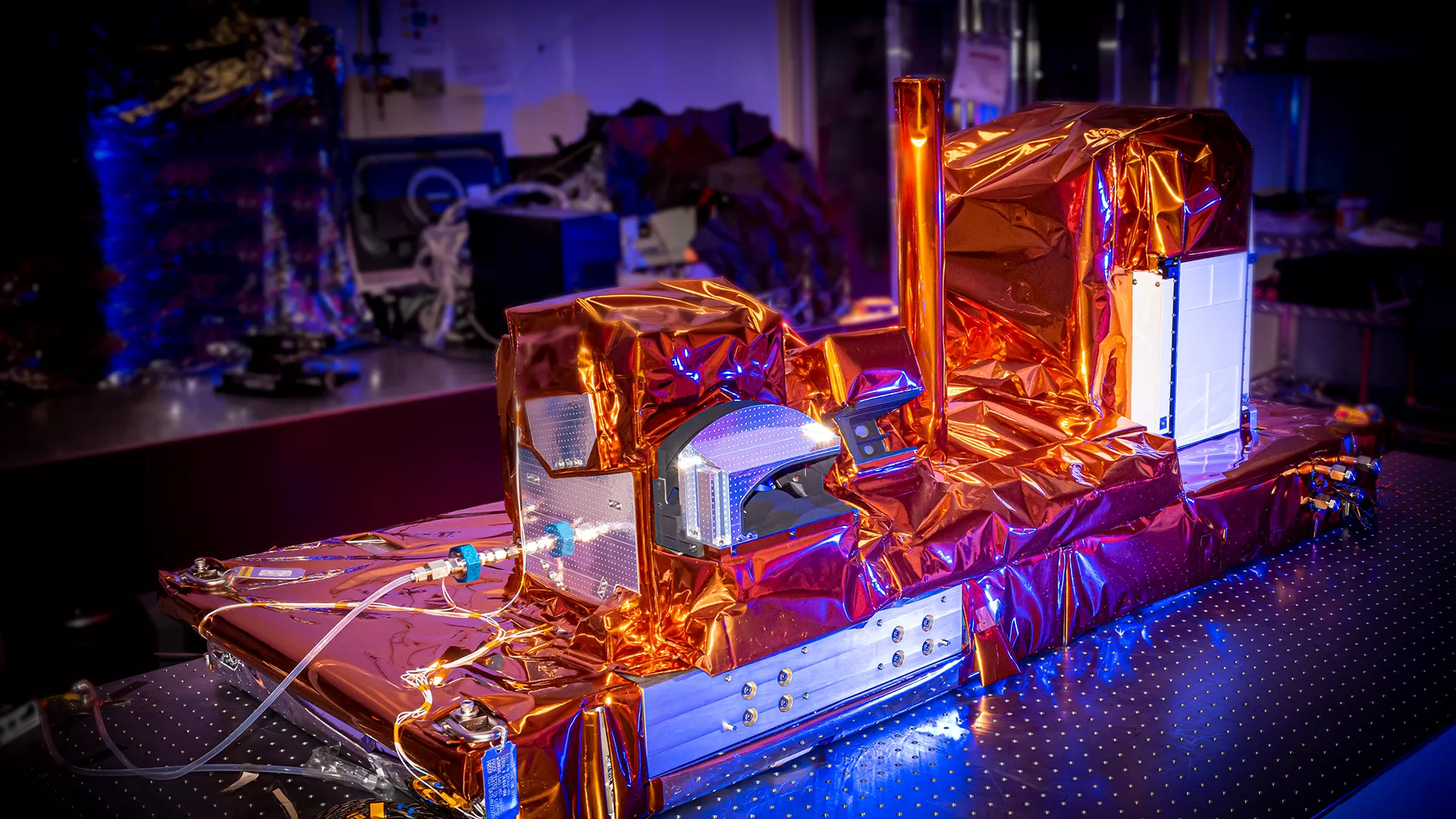The instruments on the JPSS satellite gather measurements of conditions in the atmosphere, in the ocean, and on land. Some of these measurements and observations include land and sea surface temperatures, rainfall rates, snow and ice cover, fire locations, smoke plumes, temperatures in the atmosphere, water vapor, and pollutants.
The spacecraft bus (the satellite’s main body) and four instruments are built in Indiana, Colorado, and California. After all the pieces are built, they are put together and tested in Arizona. Once the engineers test the satellite to make sure all the parts work properly together, it is shipped to California for launch.
NOAA-21 is about the size of a large pickup truck, at 14 feet by 7 feet, and it weighs 5,750 pounds. Its length stretches to 35 feet when its solar array is deployed.
JPSS Instruments
Get to know the Instruments
JPSS News
-
Hurricanes, tornadoes, and blizzards are well known for their destructive impact to life and…
-
River flooding poses a serious threat to communities across the United States, endangering roughly…


